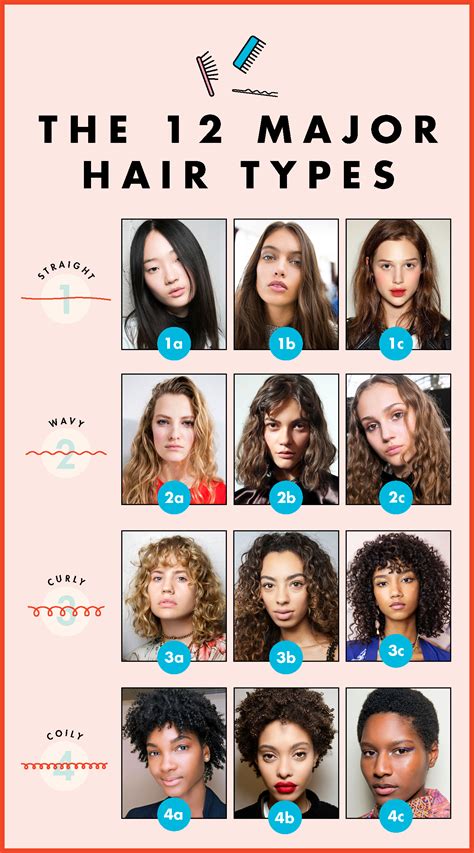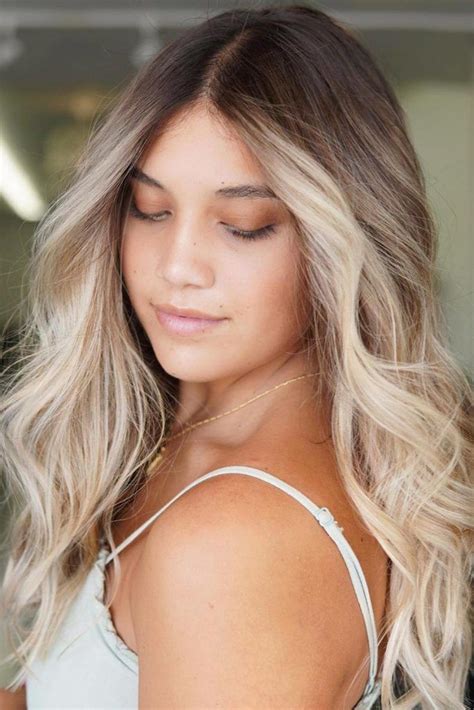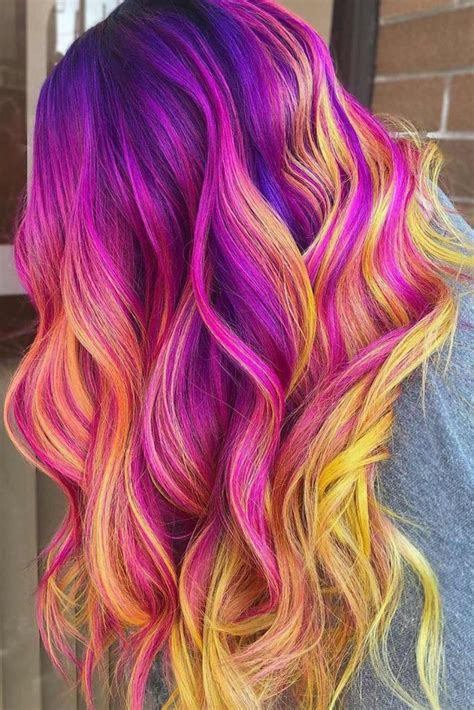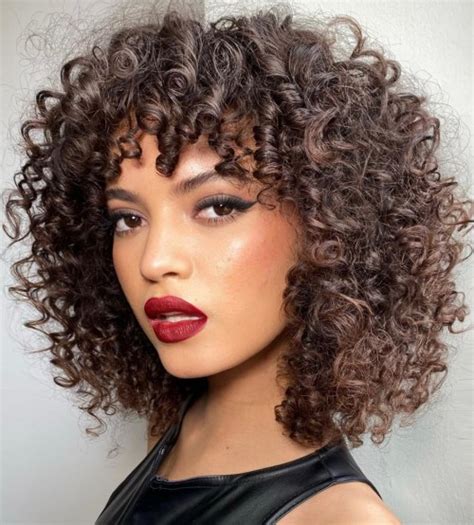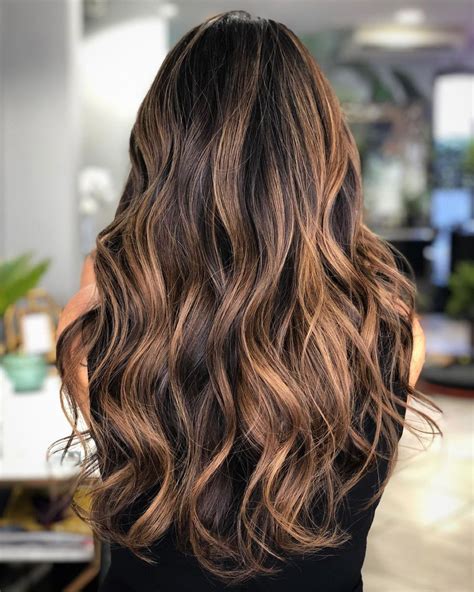Learn the best ways to understand and care for different hair textures, from straight to curly and coily, including tips for determining hair porosity.
Understanding Hair Texture
Contents
Understanding your hair texture is a crucial step in achieving healthy and beautiful hair. Hair texture refers to the diameter of each hair strand. It can be categorized as fine, medium, or coarse. Fine hair has a smaller diameter and may appear thin, while coarse hair has a larger diameter and may appear thicker. Medium hair falls in between these two categories.
Another important aspect of hair texture is its pattern. This refers to the shape of the hair strand, which can be straight, wavy, curly, or coily. Each pattern requires specific care and styling techniques to maintain its natural beauty.
When determining your hair texture, take note of how your hair behaves when wet. Fine hair will dry quickly, while coarse hair may take longer to dry. Pay attention to how your hair responds to different products and styles to better understand its unique texture.
Once you have a good grasp of your hair texture, you can choose products and styling methods that cater to its specific needs. Whether you have fine, medium, or coarse hair, embracing your natural texture is the key to achieving healthy and beautiful hair.
Determining Hair Porosity
Understanding hair porosity is an essential step in developing a proper hair care routine. Hair porosity refers to the hair’s ability to absorb and retain moisture, which is crucial for maintaining healthy and hydrated locks. Determining your hair porosity is the first step in creating a personalized hair care regimen that caters to the unique needs of your strands.
There are three main types of hair porosity: low, normal, and high. Low porosity hair has a tight cuticle layer, making it difficult for moisture to penetrate. Normal porosity hair has a balanced cuticle layer, allowing for optimal moisture retention. High porosity hair has a damaged cuticle layer, resulting in excessive moisture absorption and rapid loss.
To determine your hair porosity, you can conduct a simple porosity test at home. One method is the water test, where you place a few strands of clean hair into a bowl of water. Low porosity hair will float on the surface, while high porosity hair will sink to the bottom. Normal porosity hair will float in the middle of the bowl.
Another method is the slide test, where you gently slide your fingers up a strand of hair from the ends to the roots. Low porosity hair will feel smooth, high porosity hair will feel rough and bumpy, and normal porosity hair will have a slight roughness. By conducting these simple tests, you can accurately determine your hair porosity and tailor your hair care routine accordingly.
Caring for Straight Hair
Straight hair requires a specific care routine to keep it looking its best. Since straight hair tends to be more prone to oiliness, it’s important to use a gentle, clarifying shampoo to remove any excess oil and product buildup. Look for a shampoo and conditioner that are specifically formulated for straight hair, as these products will help to keep your hair looking sleek and smooth. Additionally, it’s important to avoid using heavy styling products that can weigh straight hair down, opting instead for lightweight serums or leave-in conditioners to add shine and manageability.
When it comes to caring for straight hair, it’s important to protect it from heat damage. Using a heat protectant before using any heat styling tools, such as flat irons or curling irons, can help to prevent damage and breakage. Additionally, it’s a good idea to limit the use of these tools and give your hair a break from heat styling whenever possible to maintain its overall health.
In terms of styling, straight hair can be quite versatile. While it may not hold curls as well as other hair types, it can easily be styled into sleek, straight styles. If you do want to add some texture or volume, using a dry shampoo or texturizing spray can help to give your straight hair a bit of a boost. Be sure to use these products sparingly, as straight hair can quickly become weighed down by too much product.
Finally, when it comes to caring for straight hair, it’s important to maintain regular trims to prevent split ends and keep your hair looking healthy. By following a consistent care routine and using the right products, you can keep your straight hair looking its best.
Nurturing Wavy Hair
Wavy hair is a beautiful hair type that falls between straight and curly hair. It has a natural wave pattern that adds volume and texture to the hair. Nurturing wavy hair involves understanding the unique needs of this hair type and using the right products and techniques to enhance its natural beauty.
One of the most important steps in nurturing wavy hair is finding the right shampoo and conditioner. Look for products that are specifically designed for wavy hair and contain ingredients like coconut oil or shea butter that provide moisture without weighing down the hair.
In addition to using the right products, it’s important to develop a hair care routine that suits wavy hair. This may include washing your hair less frequently to prevent it from becoming dry, as well as using a wide-tooth comb to gently detangle wet hair and reduce frizz.
When it comes to styling wavy hair, embrace your natural texture and avoid using heat styling tools too frequently. Instead, opt for air-drying or using a diffuser attachment on your hairdryer to enhance your waves without causing damage.
Overall, nurturing wavy hair involves understanding the unique needs of this hair type and using the right products and techniques to enhance its natural beauty. By adopting a hair care routine that suits wavy hair and embracing your natural texture, you can keep your waves looking healthy and beautiful.
Styling Curly and Coily Hair
When it comes to styling curly and coily hair, it’s essential to understand the unique characteristics and needs of these hair types. Curly hair is classified as having a distinct curl pattern that ranges from loose curls to tight coils, while coily hair typically has a tighter, springy curl pattern. Both hair types require specific care and styling techniques to maintain their shape and prevent frizz.
For curly and coily hair, it’s crucial to use products that provide ample moisture and definition. This can include using a hydrating shampoo and conditioner, followed by a leave-in conditioner or curl-defining cream. These products help to nourish the hair and enhance the natural curl pattern, reducing the risk of dryness and frizz. Additionally, regular deep conditioning treatments can help to maintain the health and manageability of curly and coily hair.
When it comes to styling, it’s important to avoid practices that can cause damage or disrupt the natural curl pattern. This includes minimizing the use of heat styling tools and embracing protective styles such as braids or twists. Embracing a hands-off approach and allowing the hair to air dry can help to prevent breakage and minimize frizz.
For those looking to enhance their natural curly and coily hair, there are a variety of styling techniques that can be used. This can include techniques such as the pineappling method for preserving curls overnight, or using diffusers to enhance volume and definition when drying the hair. It’s also important to invest in a satin pillowcase or hair wrap to prevent friction and preserve the integrity of the curls.
Overall, styling curly and coily hair requires a gentle and tailored approach. By understanding the unique needs of these hair types and embracing techniques that promote natural curl definition and moisture retention, individuals can achieve beautiful and healthy curly and coily hair with minimal frizz and breakage.

